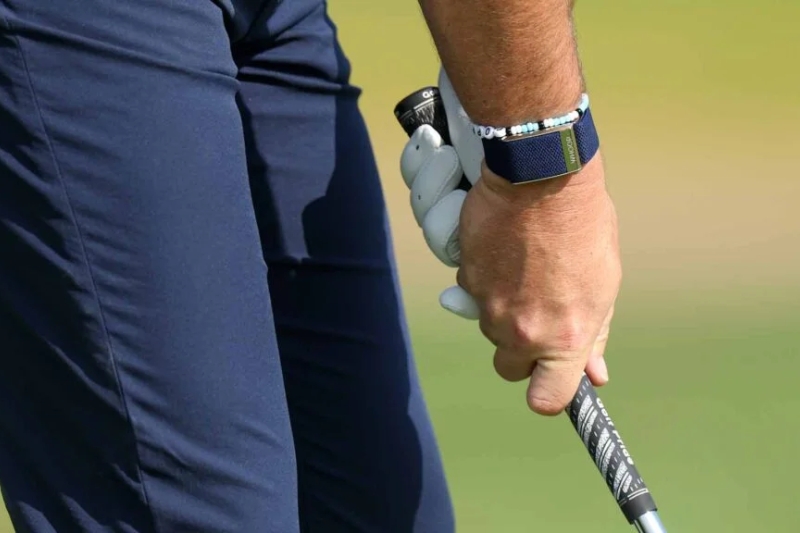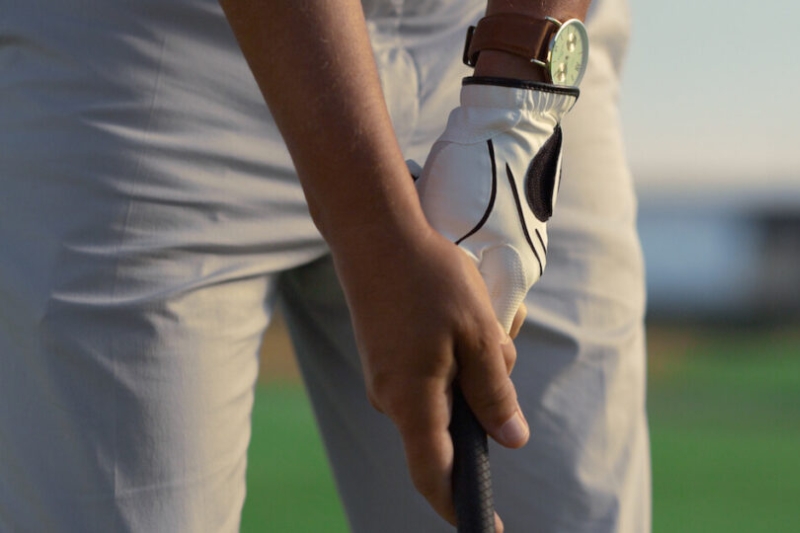Holding a golf club may seem like a simple task, but it’s the foundation of a successful swing and ultimately affects your performance on the course. Whether you’re a novice or a seasoned player, understanding how to grip the club correctly can enhance your game significantly. In this article, we’ll explore various grip techniques, their importance, and tips to find the grip that works best for you.
Understanding the Importance of a Proper Grip

The grip is the only point of contact between you and the club, making it crucial for control, accuracy, and power. A proper grip can help you achieve better distance and consistency in your shots. Think of it as the bridge between your body and the club; if the bridge is weak, the connection falters.
How to Properly Hold a Golf Club
Start with the Left Hand (for Right-Handed Golfers)
- Position the Club: Hold the club horizontally in front of you. The grip should run diagonally across your fingers and into the palm of your left hand.
- Grip Placement: The grip should rest in the fingers, not in the palm. This allows for better control and feel.
- Knuckle Visibility: When you close your hand around the club, you should see two to two and a half knuckles on your left hand. This indicates a neutral grip.
- ‘V’ Formation: The ‘V’ formed between your thumb and index finger should point toward your right shoulder.
Add the Right Hand
- Position the Right Hand: Place the fleshy pad of your right hand on top of your left thumb. This will help secure the grip.
- Grip Closure: Close your right hand around the club, ensuring that your right thumb covers your left thumb.
- Check the ‘V’: The ‘V’ formed by your right thumb and index finger should point toward your chin.
Adjust Grip Pressure
- Grip Pressure: Your grip should be firm but not overly tight. Imagine holding a tube of toothpaste without squeezing any out. Too much pressure can lead to tension in your arms and shoulders, affecting your swing.
- Balance: Maintain a relaxed grip throughout your swing to allow for a natural release of the clubhead.
Types of Golf Grips

There are three primary grip styles that golfers commonly use. Each has its unique benefits, and the choice often depends on personal preference and comfort.
Vardon Grip (Overlapping Grip)
- Description: Named after Harry Vardon, this grip involves placing the pinky finger of your right hand between the index and middle fingers of your left hand.
- Who It’s For: This grip is popular among players with larger hands and provides a good balance of control and power.
- Benefits: It allows for a natural feel and promotes a fluid swing.
Interlocking Grip
- Description: In this grip, the pinky finger of your right hand interlocks with the index finger of your left hand.
- Who It’s For: This grip is ideal for golfers with smaller hands or those who prefer a more secure connection between their hands.
- Benefits: It enhances control and stability, making it a favorite among many professional golfers, including Tiger Woods.
Ten-Finger Grip (Baseball Grip)
- Description: All ten fingers are in contact with the club, similar to how you would grip a baseball bat.
- Who It’s For: This grip is often recommended for beginners, seniors, or players with joint issues.
- Benefits: It provides maximum grip strength and is easy to learn, making it a comfortable option for many.
Finding the Right Grip for You

Choosing the right grip is a personal decision and can greatly influence your performance. Here are some tips to help you find the grip that works best for you:
- Experiment with Different Grips: Don’t hesitate to try out different grips during practice sessions. Pay attention to how each grip feels and how it affects your swing.
- Seek Professional Guidance: Consider taking a lesson from a golf professional who can provide personalized feedback on your grip and overall technique.
- Adjust Based on Comfort: Your grip should feel natural and comfortable. If you experience discomfort or pain, it may be time to adjust your grip style or pressure.
- Common Grip Mistakes to Avoid: Even seasoned golfers can fall into bad habits. Here are some common mistakes to watch out for:
- Gripping Too Tight: A tight grip can lead to tension and restrict your swing. Remember, a relaxed grip allows for better clubhead speed and control.
- Incorrect Hand Position: Ensure that your hands are positioned correctly on the club. If your left hand is too weak or too strong, it can lead to inconsistent shots.
- Overlooking Grip Maintenance: Regularly check your grips for wear and tear. Worn grips can slip in your hands, affecting your control and performance.
Grip Pressure: How Much is Too Much?
Finding the right grip pressure is crucial for a successful swing. Here’s how to gauge it:
Light Grip for Distance
When using a driver, maintain a lighter grip to allow for maximum clubhead speed. A tight grip can hinder your ability to release the club properly.
Moderate Grip for Irons
For iron shots, you may want to apply slightly more pressure for better control, especially on approach shots.
The Role of Grip Size
The size of your grip can also impact your performance. Here’s what to consider:
Thicker Grips
Thicker grips can help reduce wrist action and are often beneficial for players who tend to hook the ball.
Thinner Grips
Thinner grips allow for more wrist action, which can increase shot power and are often preferred by players who struggle with a slice.
Mastering how to properly hold a golf club is essential for any golfer looking to improve their game. By understanding the different grip styles, experimenting with your technique, and avoiding common mistakes, you can find the grip that works best for you. Remember, the grip is your only connection to the club, so treat it with care and attention.
FAQs
What is the best grip for beginners?
The ten-finger grip is often recommended for beginners as it is easy to learn and provides maximum grip strength.
How do I know if my grip is too tight?
If you feel tension in your arms or shoulders, or if your hands start to cramp, your grip is likely too tight.
Can I use different grips for different clubs?
Yes, many golfers choose to use different grips for their woods and irons based on comfort and control.
How often should I replace my grips?
It’s generally recommended to replace your grips every 40 rounds or once a year, depending on usage.
What should I do if my grip feels uncomfortable?
If your grip feels uncomfortable, try adjusting your hand position, grip pressure, or even experimenting with a different grip style. Consider consulting a golf professional for personalized advice.

I am the owner of Ricks Golf Shop, a popular destination for golf enthusiasts. My passion for golf began in my teenage years and has only grown over the years. With over 10 years of experience in the golf industry, I offer expert advice and quality products. With a friendly demeanor and extensive knowledge, I ensure every customer leaves happy.
